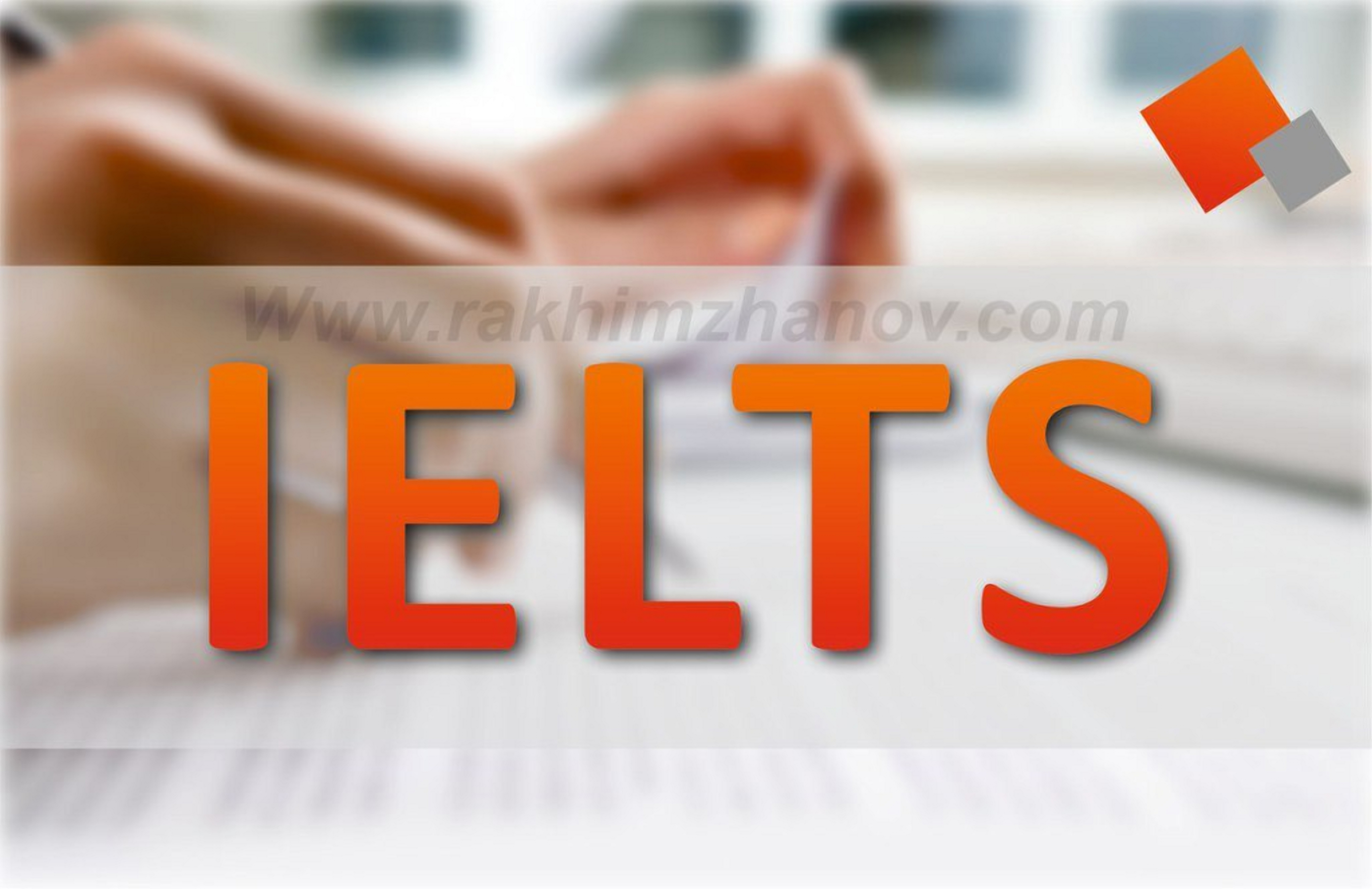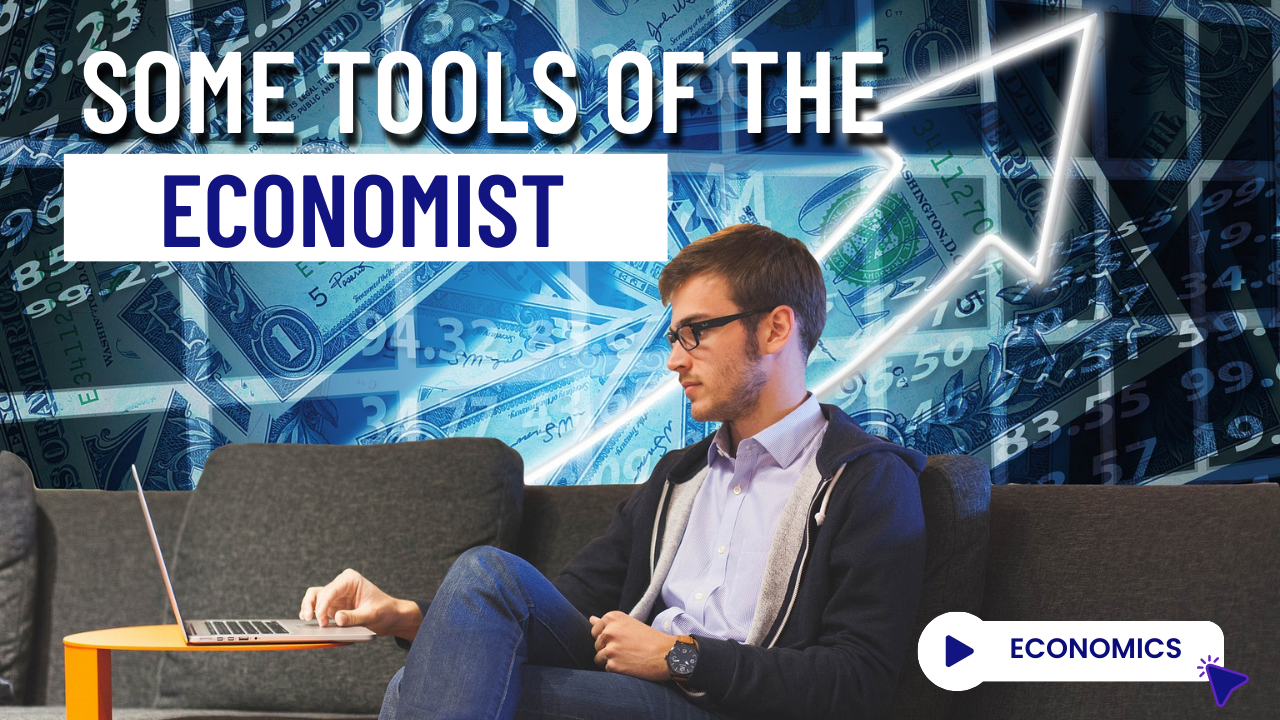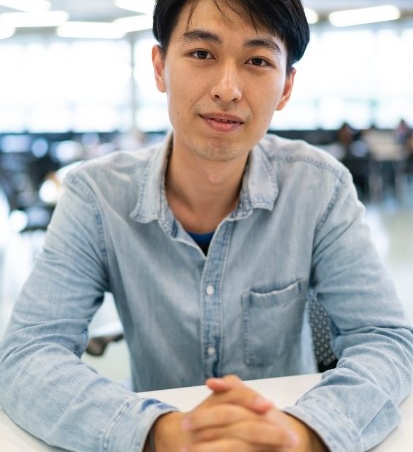Some tools of the economist
Economics is a social science that studies how individuals, businesses, and governments make decisions regarding the allocation of scarce resources. Economists use a variety of tools to analyze and understand economic phenomena and make informed decisions. Some of these tools include:
- Data analysis: Economists use data to analyze economic trends and make predictions about future economic conditions. They use statistical tools such as regression analysis, time-series analysis, and econometrics to analyze data and make predictions.
- Game theory: This is a tool used to study strategic decision-making. Game theory models the interactions between individuals, businesses, and governments and predicts how they will behave in different situations.
- Microeconomic theory: Microeconomics is the study of how individuals and businesses make decisions regarding the allocation of resources. The microeconomic theory provides a framework for analyzing how market forces such as supply and demand impact prices and production.
- Macroeconomic theory: Macroeconomics is the study of the economy as a whole. The macroeconomic theory provides a framework for analyzing how factors such as inflation, unemployment, and GDP impact the economy.
- Economic models: Economists use models to represent real-world economic phenomena and make predictions about future economic conditions. These models can range from simple supply and demand diagrams to complex mathematical equations.
- Experimental economics: This is an approach in which economists use controlled experiments to study economic behavior. This allows them to isolate specific variables and test hypotheses about economic decision-making.
These tools allow economists to make predictions about economic conditions, test hypotheses and understand how economic decisions are made. They are essential for policy-making, business strategy, and personal finance.
In conclusion, economists have a wide range of tools at their disposal for analyzing and understanding economic phenomena. These tools include data analysis, game theory, microeconomic and macroeconomic theory, economic models, and experimental economics, which help them to make informed decisions.



